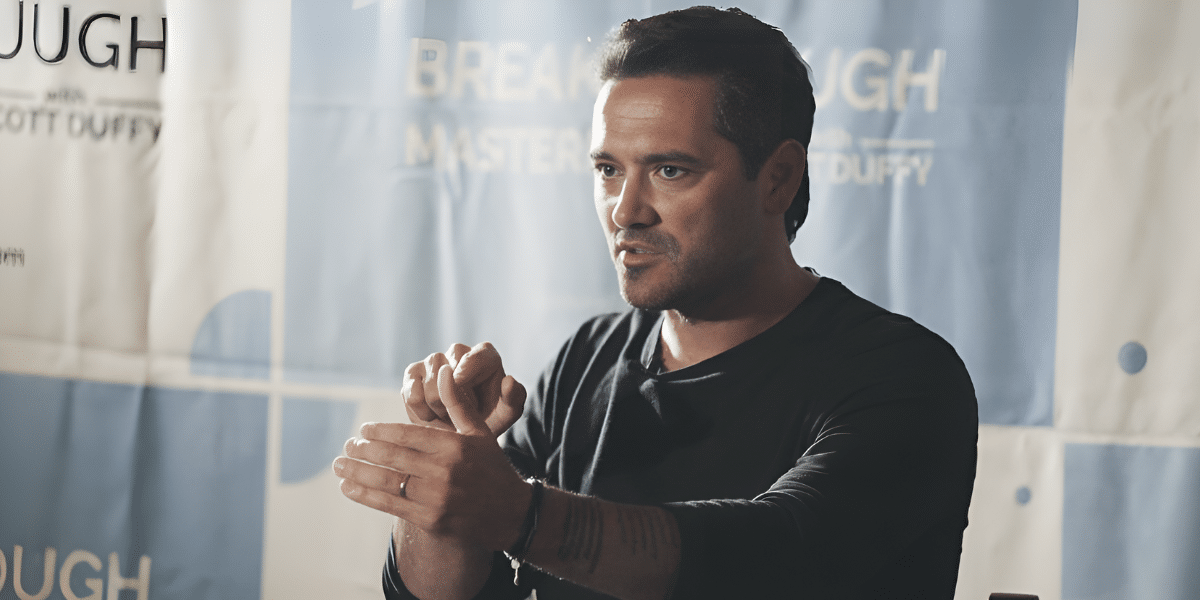By: Krishna Chaitanya Rao Kathala
In an innovative move, prolific inventor Krishna Chaitanya Rao Kathala and his team of researchers have developed a cutting-edge Sign Language Translator that is set to transform the lives of the deaf and speech-impaired. This innovative technology granted a patent application by the Indian Patent Office (Patent Application No. 202321041213), has the potential to eliminate communication barriers and promote greater inclusivity.
Driven by a deep passion for STEM equity and a commitment to addressing the unmet needs of underserved populations, Kathala and his team have leveraged the power of artificial intelligence and cutting-edge technology to create a game-changing solution. The Sign Language Translator employs a Convolutional Neural Network (CNN) to efficiently detect and recognize a wide range of hand gestures, converting them into text and audio output, enabling seamless communication between the deaf/speech-impaired and the general public.
“Our mission is to empower the deaf and speech-impaired community, providing them with the tools they need to express themselves freely and engage with the world around them,” said Krishna Kathala. “This technology is a testament to the transformative power of STEM education and the importance of developing technological solutions for the common good.”
The Sign Language Translator consists of two primary modules: hand gesture recognition and speech recognition. The hand gesture recognition module utilizes the CNN’s powerful image processing capabilities to accurately identify and interpret sign language patterns, while the speech recognition module converts the translated text into audible output, ensuring that both parties can understand the conversation.
One of the key features of this technology is its ability to adapt and enhance the visual quality of the input images. As Kathala explains, “When an image is transformed from one form to another, such as digitizing, scanning, or communicating, degradation often occurs. Our system employs image enhancement techniques to improve the interpretability and clarity of the input, ensuring a more accurate and seamless translation process.”
The implications of the Sign Language Translator extend far beyond just improving communication. Kathala and his team believe that this technology can play a crucial role in addressing the longstanding issue of STEM (Science, Technology, Engineering, and Mathematics) equity for disabled students.
“Too often, disabled students face significant barriers in accessing STEM education and opportunities,” Kathala lamented. “By providing them with tools like the Sign Language Translator, we can empower these students to engage more actively in STEM subjects, unlock their full potential, and pave the way for a more inclusive and equitable future.”
According to the National Center for Health Statistics. The percentage of adults 18 and older who report having difficulty hearing, United States, 2019–2022. According to data from the National Health Interview Survey, 60.7 million Americans aged 12 and older suffer from hearing loss. Of American adults 20 years of age and older, about 15.5% (44.1 million) have some degree of hearing loss. Thirty-one percent of adults 65 and older report having hearing loss, compared to forty-three percent of adults 75 and older. Approximately 70 million people worldwide are deaf (have total loss of hearing). According to studies, 28.8 million adult Americans might profit greatly from using hearing aids. Merely 16% of individuals aged 20-69 and 30% of those aged 70 and beyond have ever worn a hearing aid. In the United States, hearing loss is becoming more common and is predicted to nearly double by 2060. There is a fantastic opportunity to meet the communication needs of this sizable population in the US with the Sign Language Translator.
“The US can leverage and scale this solution to make a significant impact on the lives of the deaf and speech-impaired community,” Kathala emphasized. “By partnering with governments, educational institutions, and healthcare providers, we can ensure widespread adoption and accessibility, ultimately breaking down the barriers that have long hindered the full participation and integration of this community.”
The researchers emphasize the importance of governments and educational institutions adopting and supporting the development of such technological solutions. Kathala stressed, “It is our collective responsibility to ensure that no one is left behind. By leveraging the power of AI and technology, we can create a more inclusive and accessible world, where the deaf and speech-impaired community can thrive and contribute their unique perspectives and talents.”
As the world continues to grapple with the challenges of communication and inclusion, the Sign Language Translator stands as a beacon of hope, representing the transformative potential of STEM-driven innovation. Kathala and his team are committed to continuing their research and development efforts, with the ultimate goal of empowering the deaf and speech-impaired community and fostering a more equitable and just society for all.
Published By: Aize Perez






